ITO Thailand Hygiene Blog
-
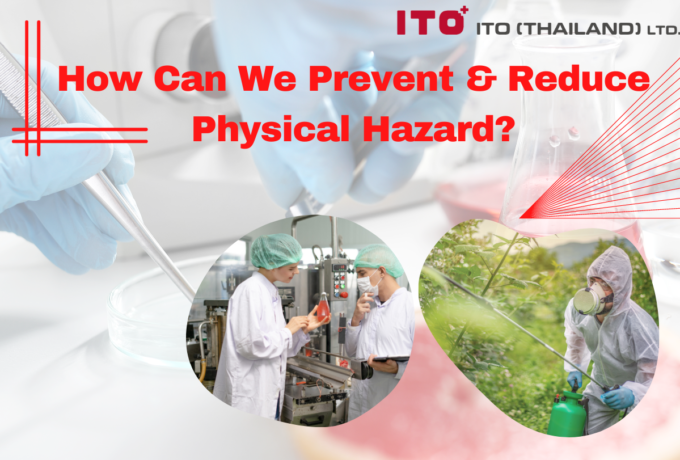
Physical Hazard Prevention & Reduction
In the previous content, we learned about physical hazards commonly found in the food industry. This time, we would like to introduce techniques and methods for reducing physical hazards categorized by their sources
-
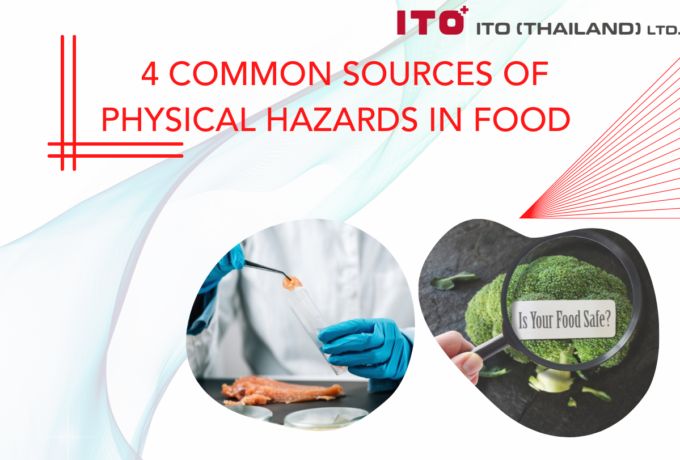
Physical Hazard Contamination
Common physical hazards in food are caused by eating hard or sharp objects, or objects of a size that can clog the airway, resulting in choking, suffocation, wounds in the gastrointestinal tract, broken, chipped, cracked teeth, gingivitis, etc. These directly affect the health of consumers.
-
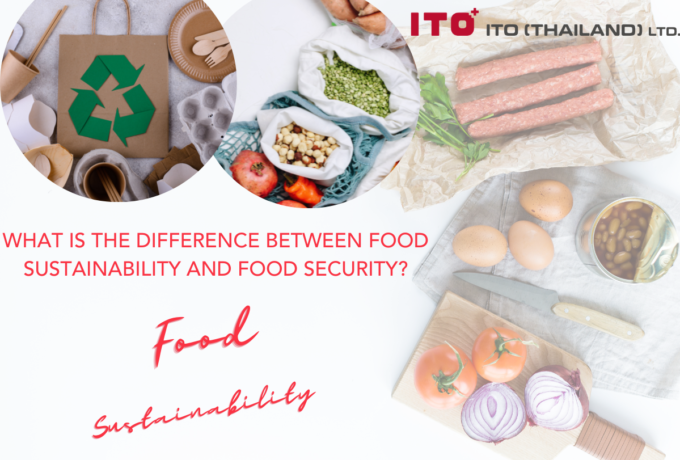
Food Sustainability
Nowadays, food sustainability is considered as an important issue for present and future generations. From where the raw material is sourced, how it is processed, distributed, packaged and how it affects the environment
-
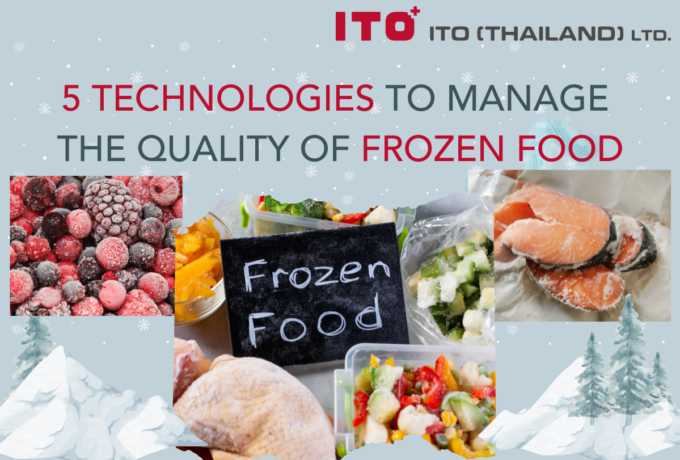
Frozen food storage management
Freezing is a method of food preservation commonly used in food that goes bad quickly such as ready-to-cook fresh food, ready meals, or foods in which nutritional values decay easily, or have substances that are sensitive to temperature, light, oxygen, etc. Freezing uses a principle of quickly solidifying water in the products, making the molecules of the substances unable to react to one another, thus the foods last longer. It also suppresses the growth of microorganisms and kills parasites. For instance, USFDA suggested controlling parasites in fish consumed raw such as sushi and sashimi by freezing the fish at the minimum of 20 degrees Celsius for 7 days or stored at -35 degrees Celsius for 15 hours to control parasites in fish (conditions may depend on the size of the fish as well).
-
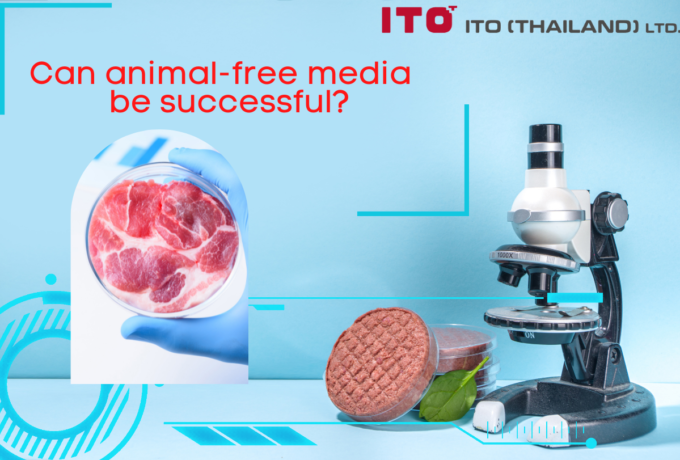
Cultivated meat
Have you ever heard of cultivated meat? It is also known as cultured meat, cell-based meat, lab-grown meat, in vitro meat, artificial meat, clean meat, and no-kill meat. In regards with these terms, cultivated meat is considered as a new method to produce meat products and it has gained public attention for the new innovative features with an environmentally friendly manufacturing process. This blog will discuss the definition of cultivated meat, how it is being manufactured, the effects on the environment, and whether it will be a sustainable meat alternative?
-

Boot Cleaner
Pay attention to the hygiene of the footwear for good hygiene in the food industry
-

Blockchain Technology and Traceability
AI Technology in the Food Industry - Part 2
-
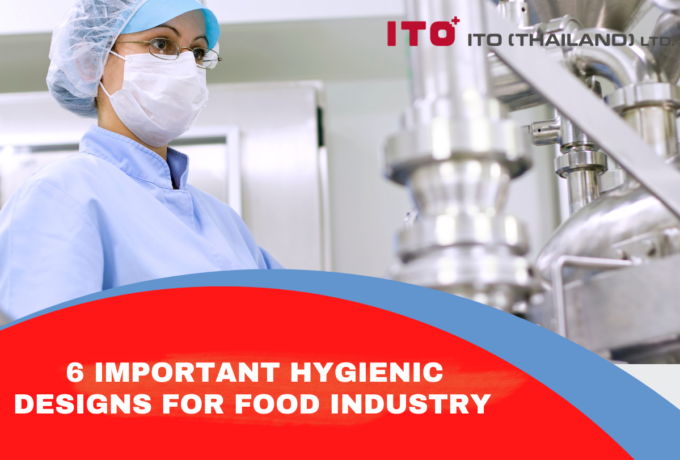
6 important hygienic designs for food industry
To design the food industry to have good hygiene is very important both in terms of laws, standards, production license acquisition and responsibilities for consumers and society to live in a food safety and sustainability society. Today, Ito Thailand would like to present 6 important hygienic designs ranging from designing the food industrial plant to the development of the existing original system to become even better.
-
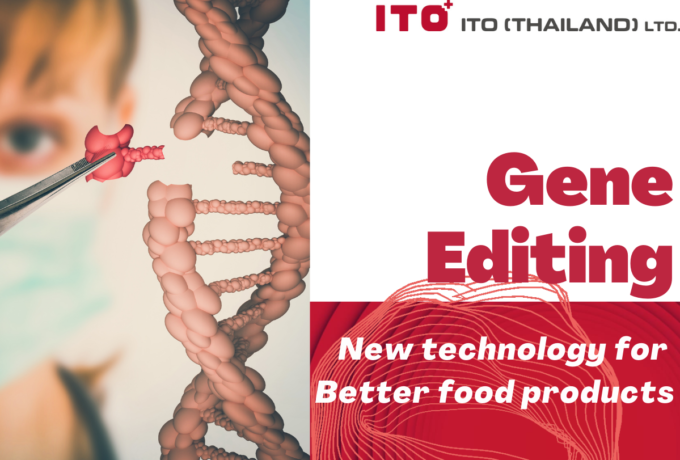
Gene Editing
In recent years, researchers have proposed gene editing, a new technology to ameliorate food products, and is associated with sustainability, as well as beneficial impact on the environment. A brief introduction on gene editing and its benefits, the difference between gene editing and GMO, gene editing technique, CRISPR-edited foods application, and potential future developments of gene editing technology will be discussed in this blog.
-
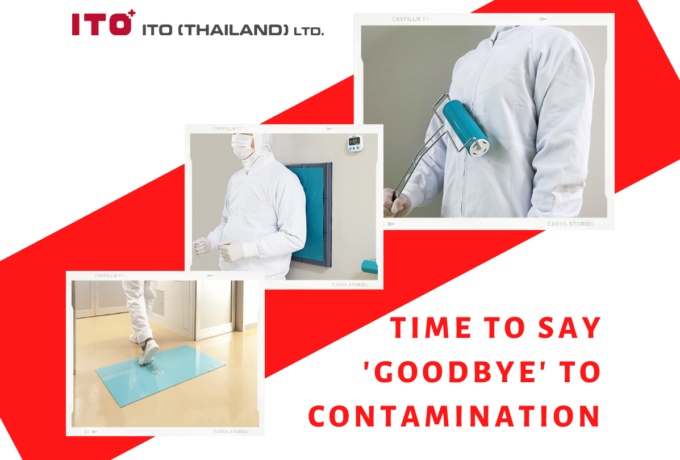
Innovation for sustainable physical contamination prevention
It is known that external impurities pose a food safety risk. One of the main channels of contamination is the presence of humans as a carrier of dust and dirt into the production or high-risk areas, causing dirt, germs, or foreign matters to contaminate food and harm consumers.
-
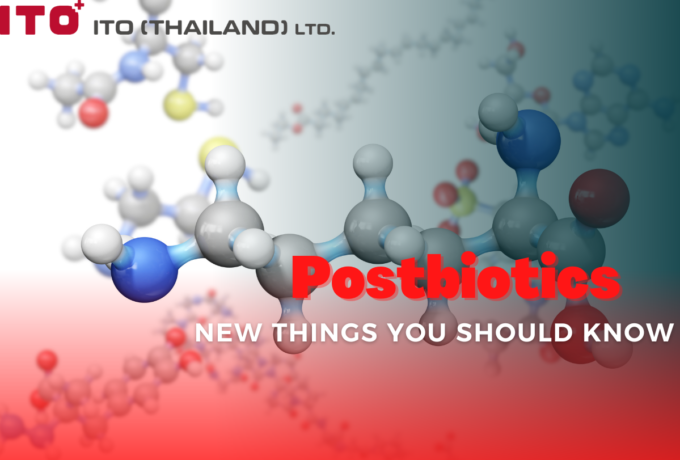
Postbiotics
During and after the COVID-19 pandemic, people have been considering ways to strengthen their immunity which consists of several options. Vitamin C, probiotics, prebiotics, or even symbiotics have become talk of the town as they’re contributing to a healthier life as well as increasing immunity. Probiotics are live bacteria, and yeasts that have health benefits for the body especially for the digestive system, and they are found in fermented foods such as yogurt, sauerkraut, kimchi, miso, natto, pickles etc., prebiotics are foods with a high amount of healthy fibre such as whole grains, fruits, and vegetable which act like foods for the probiotics (healthy bacteria in human body) and help them grow. However, postbiotics, the by-product or waste from prebiotics and probiotics digestion, are considered as functional bioactive compounds packed with nourishing nutrients such as vitamin B, vitamin k, amino acids, and antimicrobial peptides, which stagnate the growth of harmful bacteria.
-
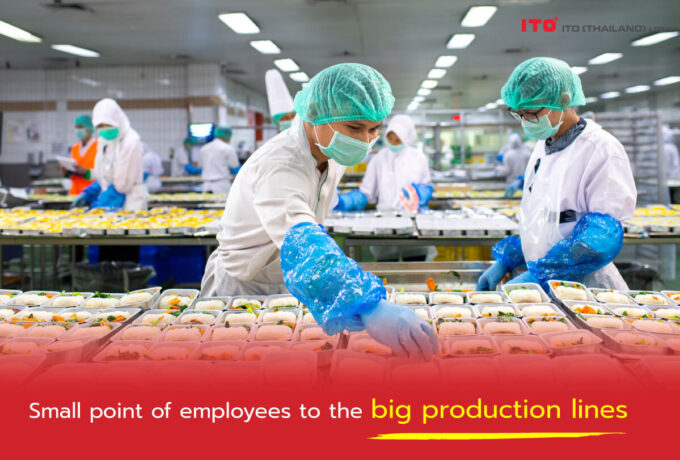
Personal food hygiene – Production staff importance
Staff in the production line are one of the key cogs in food production to ensure good quality and safety. Therefore, paying attention to personnel development of the organization is very important to maintain food standards and increase the long-term stability of the organization sustainably.







